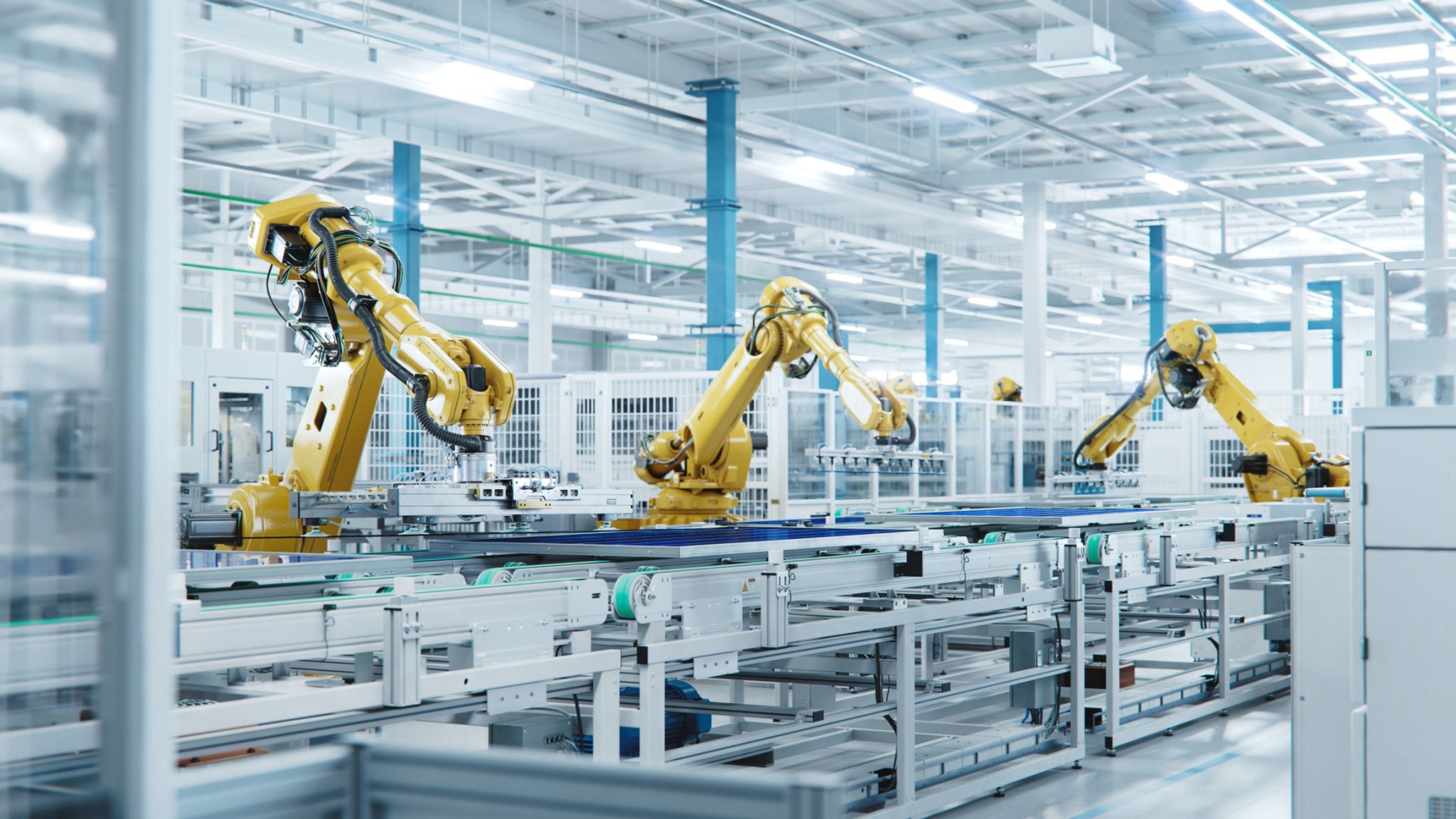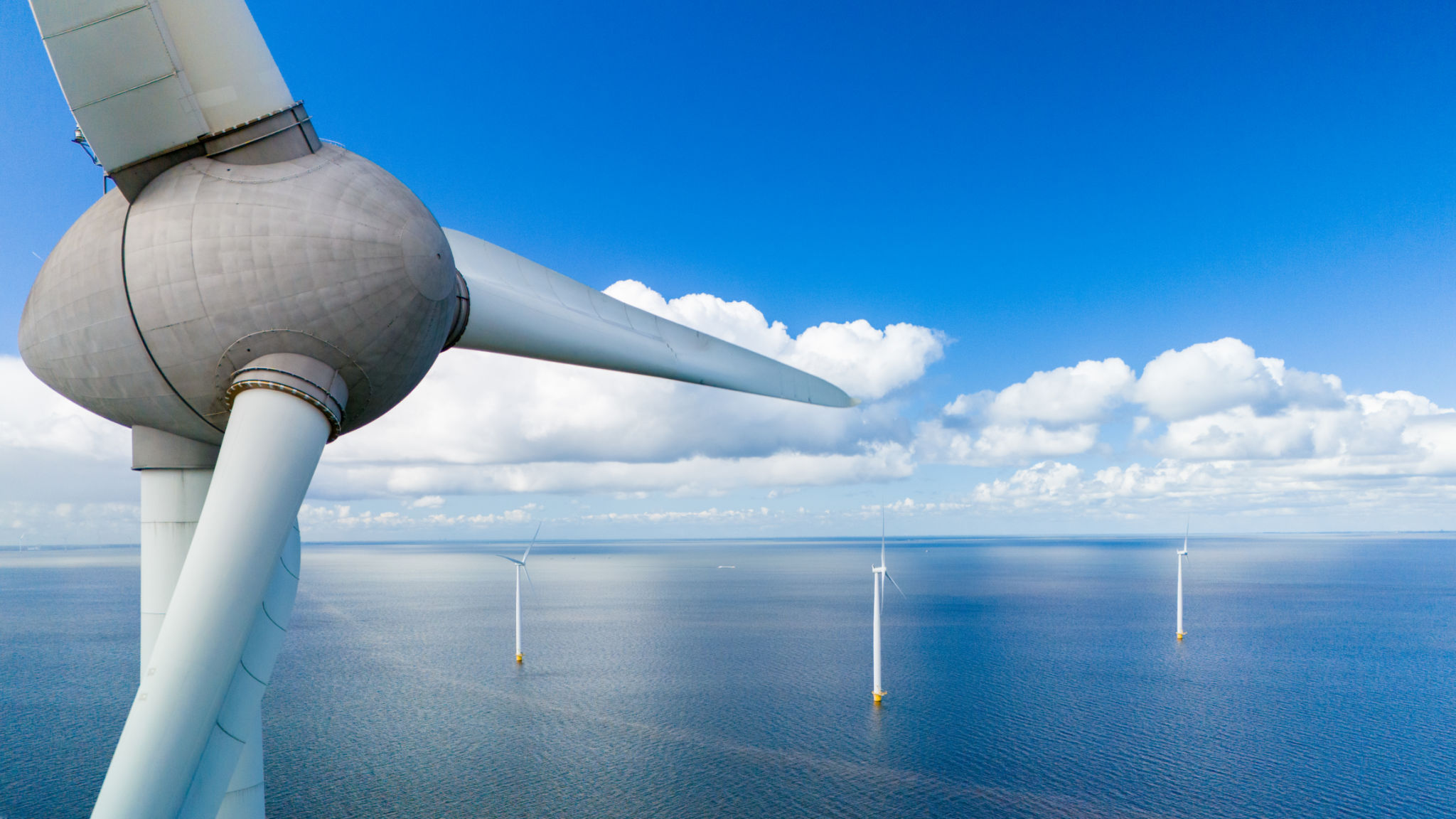The Future of Robotics in Renewable Energy: Innovations and Opportunities
Introduction to Robotics in Renewable Energy
The integration of robotics in renewable energy is rapidly transforming how we harness and utilize sustainable resources. As the demand for cleaner and more efficient energy sources grows, the role of robotics becomes increasingly crucial. These innovations promise not only to enhance the efficiency of energy production but also to reduce costs and environmental impact.

Enhancing Efficiency with Robotics
Robots offer unparalleled precision and efficiency in renewable energy applications. For instance, in solar energy, robotic systems are used to clean solar panels, ensuring they operate at maximum efficiency. These robots can work autonomously, reducing the need for human intervention and increasing the overall output of solar farms.
In wind energy, drones equipped with advanced sensors and cameras inspect wind turbines. This technology helps identify maintenance needs before they become critical issues, minimizing downtime and extending the lifespan of turbines. By leveraging robotics, companies can significantly cut down on operational costs while boosting energy production.
Innovations Driving Change
Several innovations in robotics are paving the way for more sustainable energy solutions. One such breakthrough is the development of autonomous underwater robots used to maintain offshore wind farms. These robots perform tasks such as inspecting underwater cables and structures, which are often challenging and risky for human divers.

Another exciting innovation is robotic systems for bioenergy production. These robots can manage biomass feedstock processes more efficiently, optimizing the conversion of organic materials into energy. This advancement not only streamlines operations but also maximizes the yield of renewable energy sources.
Opportunities for Growth and Development
The future of robotics in renewable energy is brimming with opportunities. As technology advances, we can expect even more sophisticated robotic systems that offer improved performance and versatility. The integration of artificial intelligence with robotics will further enhance their capabilities, allowing them to adapt and respond to changing environmental conditions.
Moreover, the deployment of robotics in remote and hostile environments opens new frontiers for renewable energy exploration. From deserts to deep-sea locations, robots can operate where humans cannot, making it possible to tap into untapped energy resources.

Challenges and Considerations
Despite the promising potential, there are challenges that need addressing. The initial cost of implementing robotic systems can be high, presenting a barrier for smaller companies. However, as technology becomes more mainstream, these costs are expected to decrease.
Additionally, there is a need for skilled personnel capable of managing and maintaining these advanced systems. Investing in education and training will be crucial to ensure the workforce is prepared for the shift towards a more automated renewable energy sector.
Conclusion
The future of robotics in renewable energy is not just about technological advancements but also about creating a sustainable future. By embracing these innovations, we can significantly reduce our carbon footprint while meeting the growing global demand for energy. The journey towards a greener planet is underway, and robotics is set to play a pivotal role in this transformation.
